- This Month in Wildlife Sightings #Jan2022
- This Month in Wildlife Sightings #Feb2022
- This Month in Wildlife Sightings #March2022
- This Month in Wildlife Sightings #April2022
- This Month in Wildlife Sightings #June2022
- This Month in Wildlife Sightings #Sep2022
- This Month in Wildlife Sightings #Nov2022
- This Month in Wildlife Sightings #Dec2022
- This Month in Wildlife Sightings #March2023
- This Month in Wildlife Sightings #April2023
- This Month in Wildlife Sightings #May2023
- This Month in Wildlife Sightings #June2023
- This Month in Wildlife Sightings #May2024
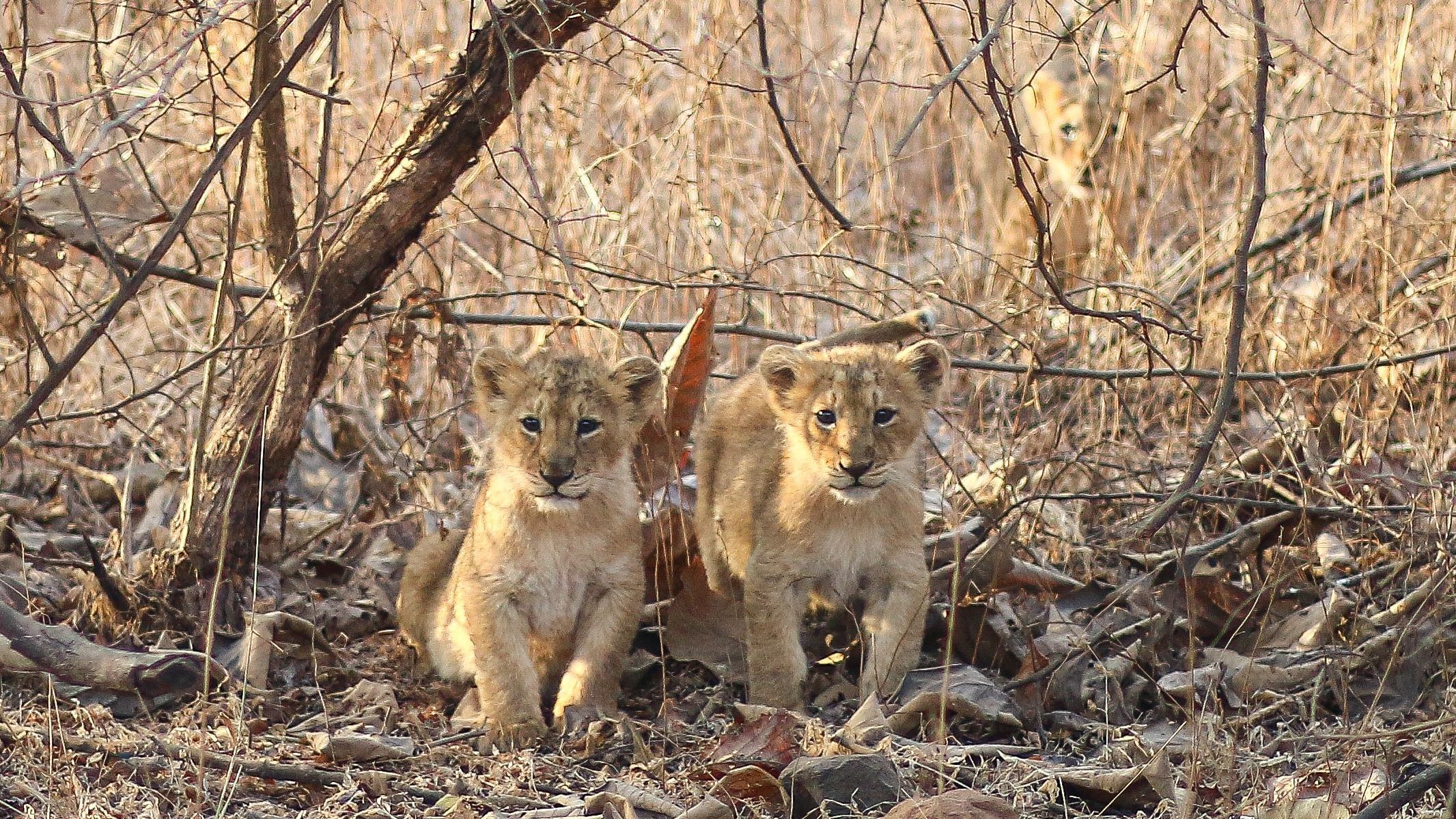
In this month’s wildlife sightings, Naman documents how the lioness and her cubs have been keeping a very low profile, with the arrival of new males in the territory.
February has been quite an exciting month in terms of actions and developments amongst the prides. Last month was all about keeping up with the dynamics of the three lionesses and the eight cubs. This quickly changed when during the very first early morning drive of this month, we witnessed something unusual - a new adult male lion was heading toward us from the familiar territory of where the cubs and lionesses are usually seen. Although we were excited to see this unknown handsome male out of nowhere there was an immediate tension and worry for the whereabouts of the young cats and their safety.

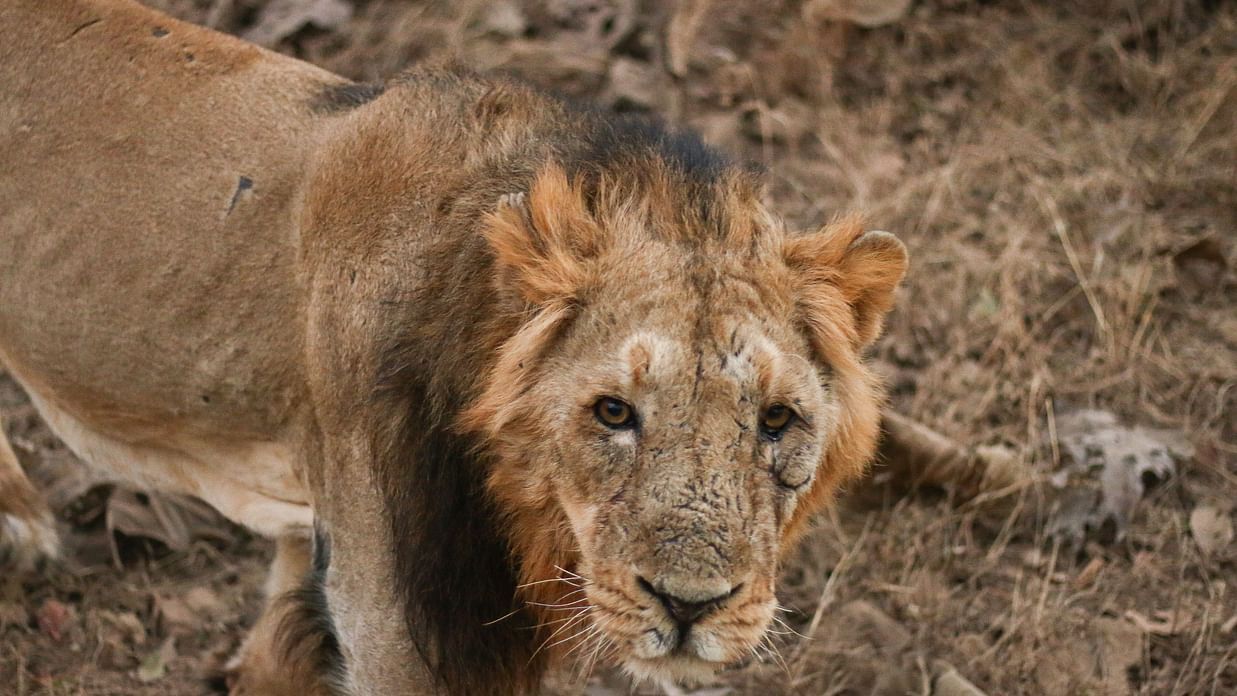
The tension only grew more when we saw another duo of brothers on kill, roaring, and marking their territory, close to the territory of the cubs. What did that mean? An uncertain future for the youngsters.

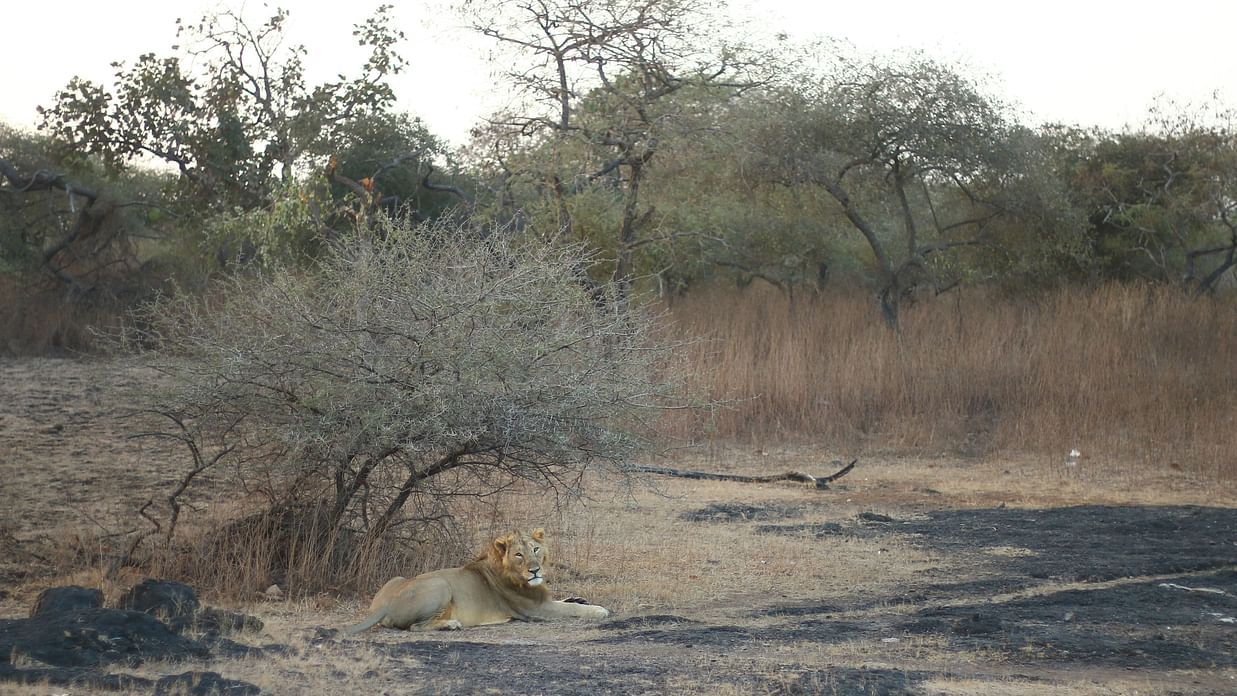
An entire week went by. There were no reports of any fights amongst males nor did we see the lioness and her cubs. Too dangerous to face these new males, the lioness seemed to be in hiding to avoid a run-in with them at all costs. At least this way, the cubs will have a decent chance of survival.
After about a week, we saw the father of the cubs at a dried-up lake resting in the shade. He did not have any fresh wounds which meant no confrontation with the new males had taken place yet.

The very next day we took our chances by visiting the same lake and it did turn out fruitful – the lioness and the delightful youngsters were seen in the bushes located on the fringes of the lake. The best part being all of them were perfectly healthy and playful.

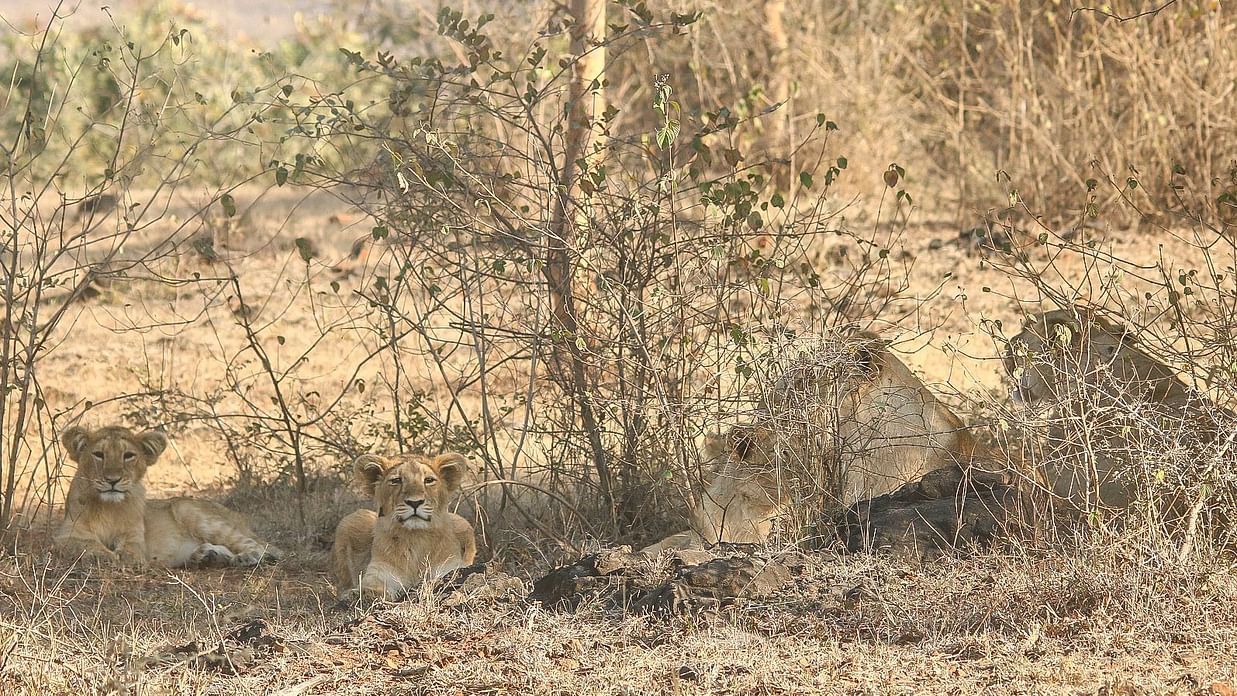
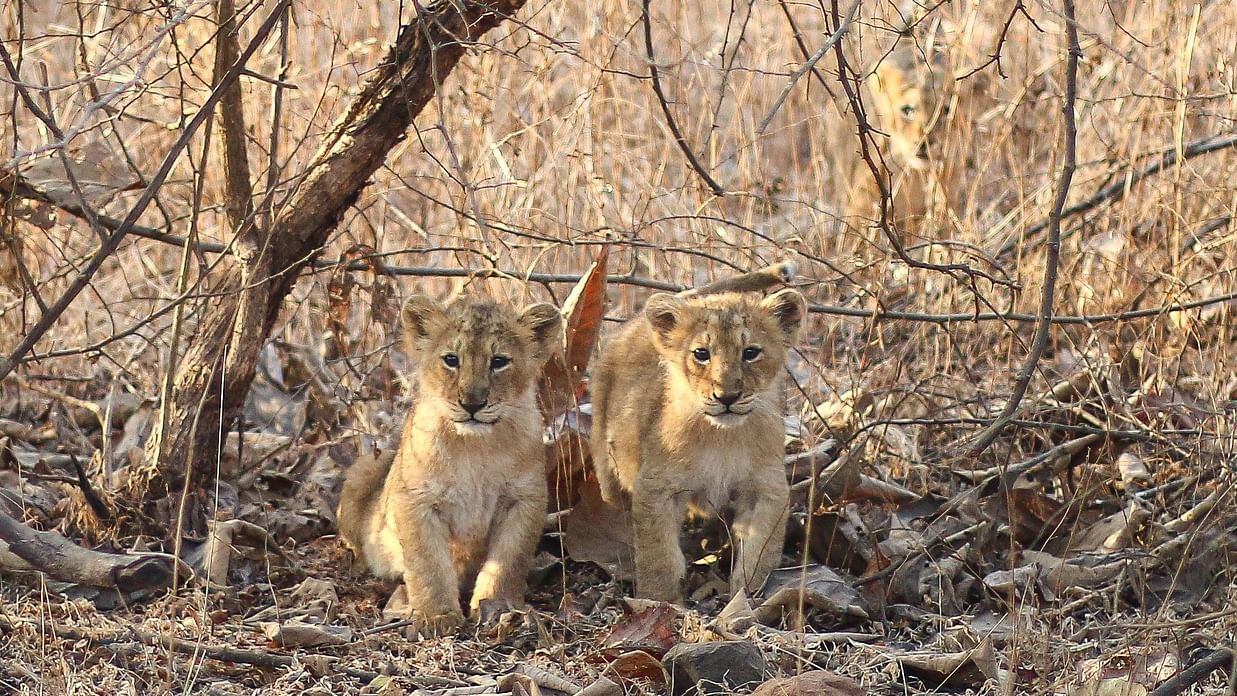
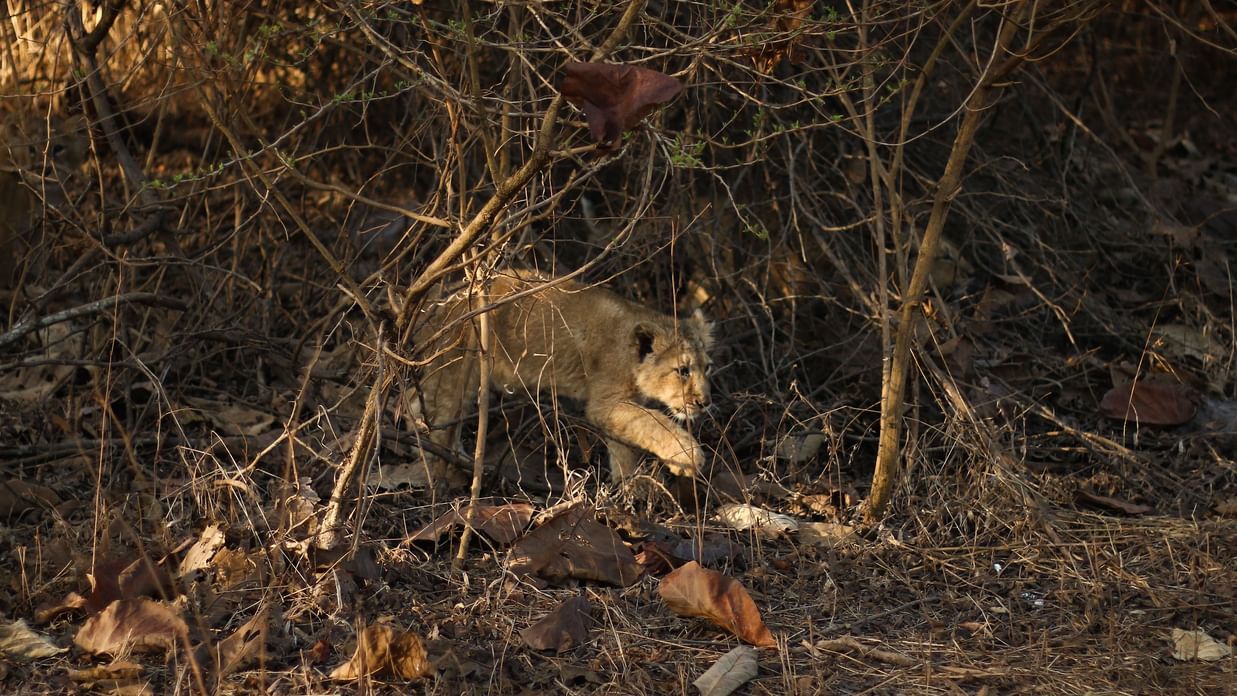
One thing which has remained constant throughout all of this is the rising temperature and longer hours of daylight. The forest is drier and more open than ever. To prevent incidental human-caused forest fires, the Forest Department has started out controlled safety fire lines by burning dried out vegetation approximately 10 ft on both the sides of dirt roads.
This came with its plus point – we’ve been able to spot leopards more easily. It was, in fact, quite interesting to see how these big cats are so comfortable around controlled fire lines.
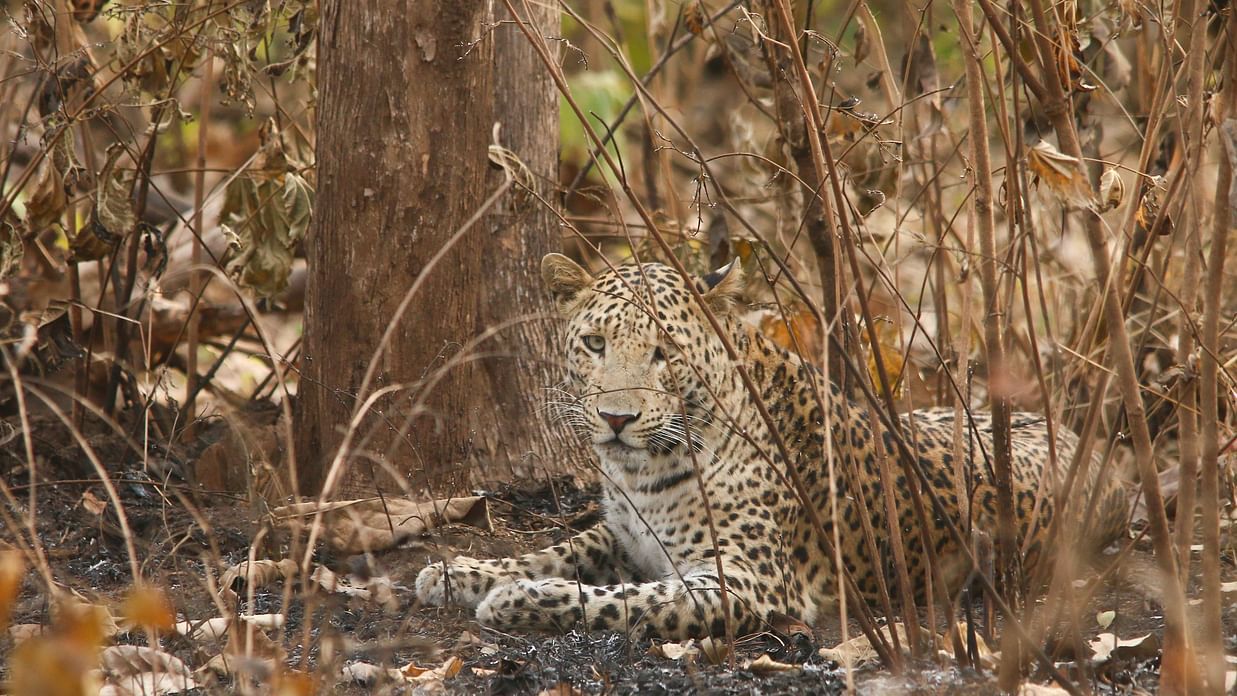
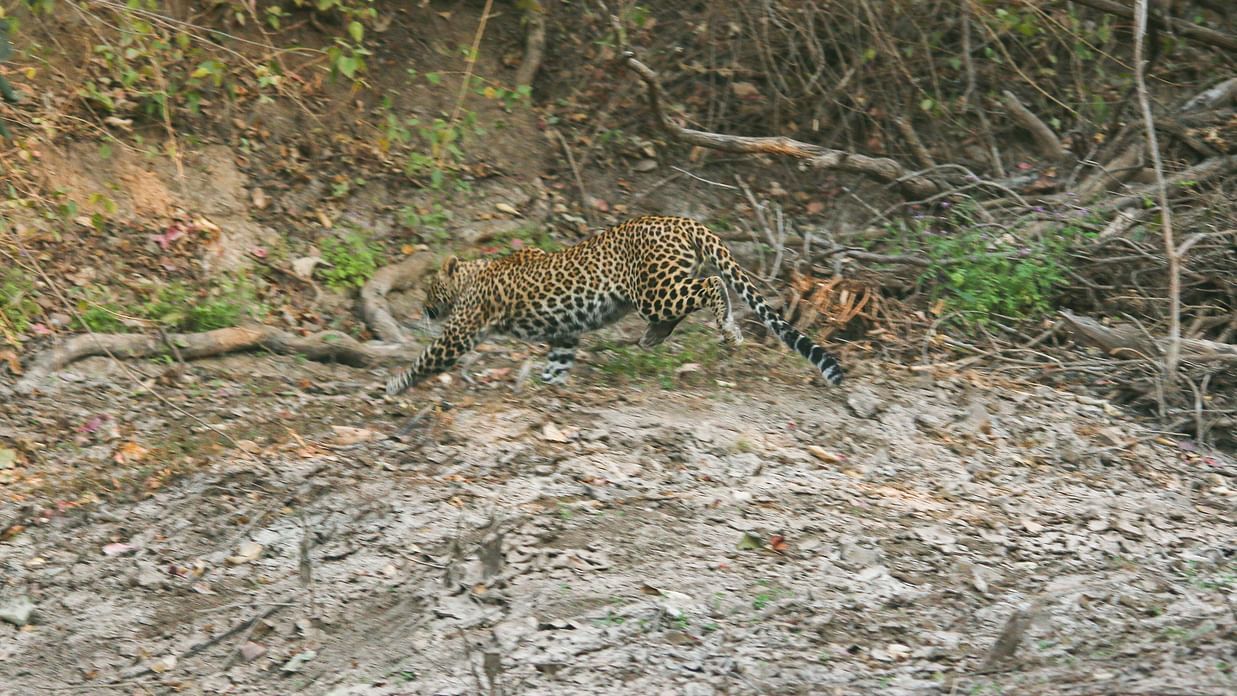
Once a lush, verdant green landscape, Gir is now quickly transforming into a sandy, brown canvas. The river and streams have started drying up, resulting in only a few spots where water is available. The eagles have been taking advantage of this changing landscape, being able to spot their prey easily.
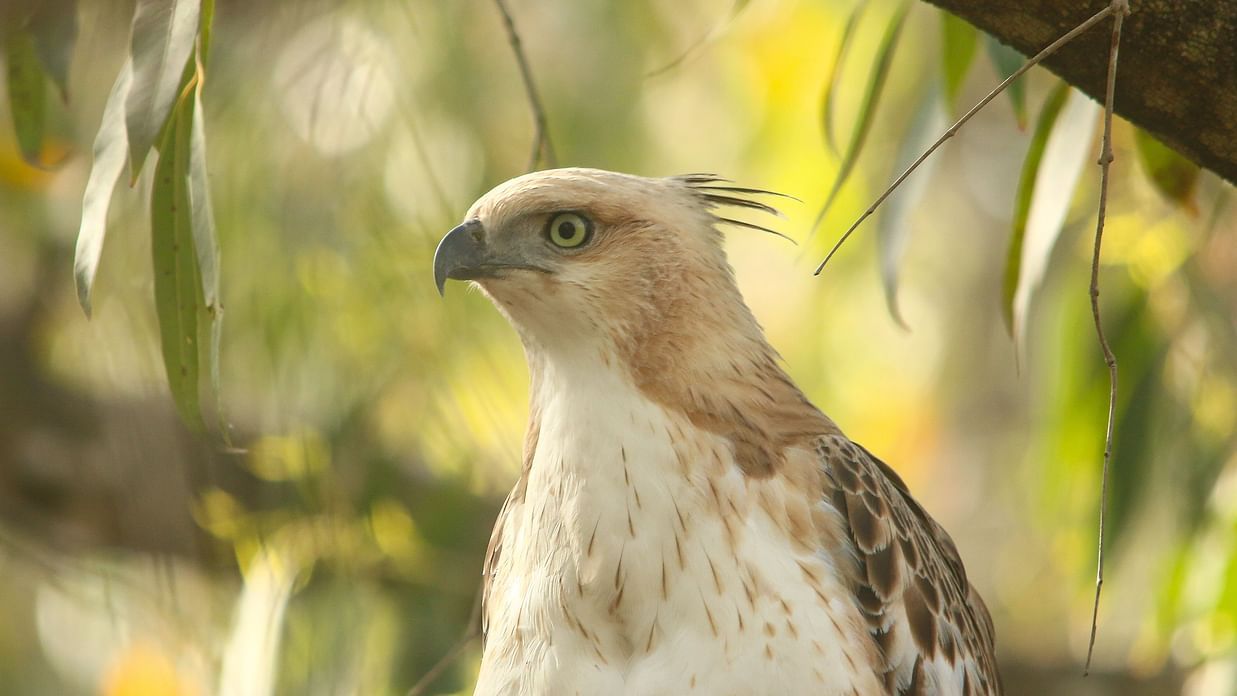
A juvenile Changeable Hawk Eagle perched on a jamun tree getting ready for an afternoon nap after a successful Little Egret hunt
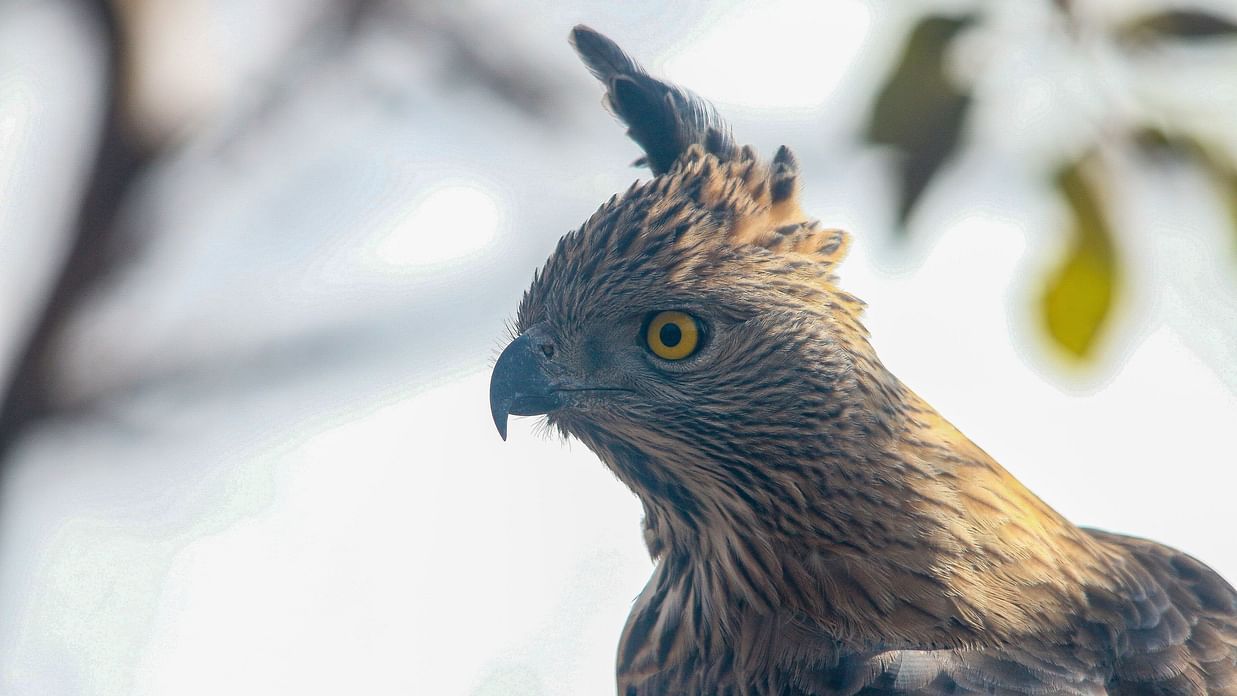
An adult Changeable Hawk Eagle keeping an eye on a troop of Hanuman Langoors

Greater Spotted Eagle
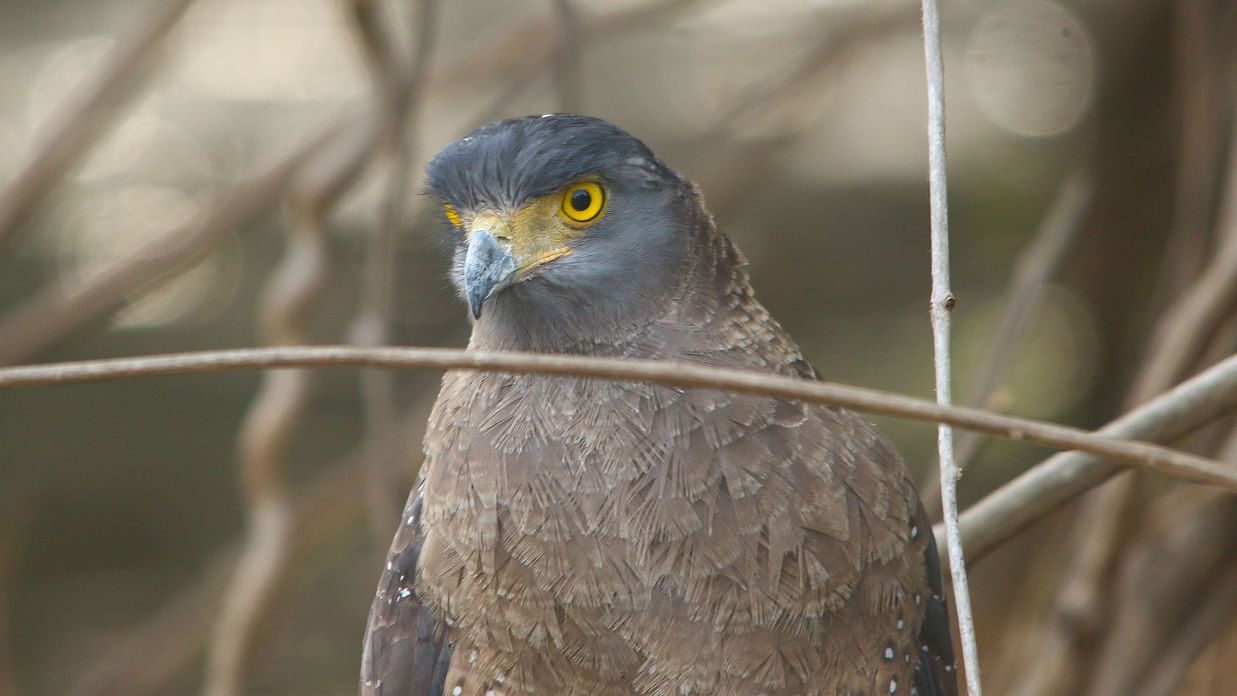
Crested Serpent Eagle
In Gir, if winter is the season of migratory birds, summer is for owls and nightjars. Since it's the breeding season of these nocturnal birds, the nightjars have become more active than ever.
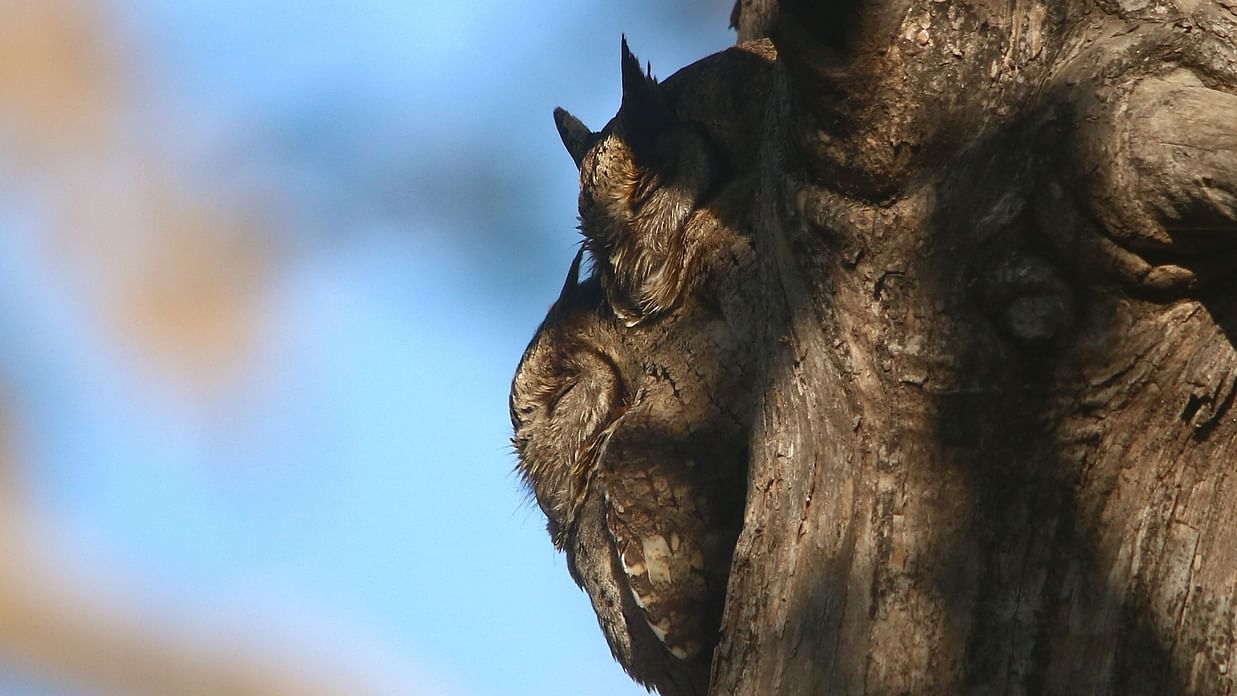
A pair of Indian Scops Owls roosting in a perfectly camouflaged position in a teak tree cavity
